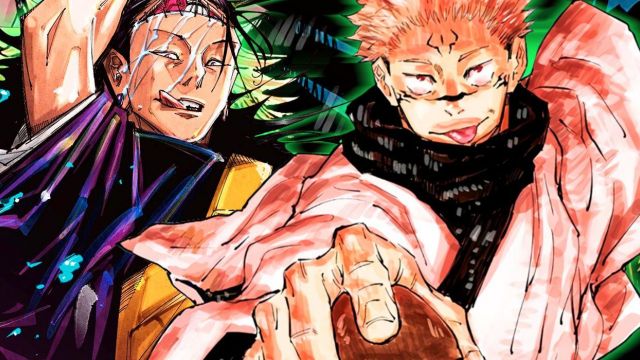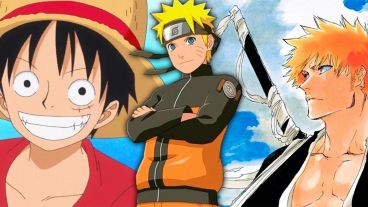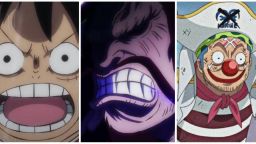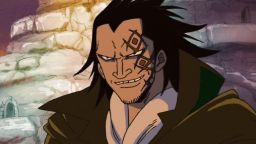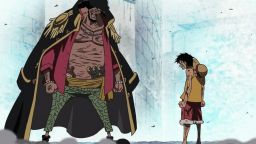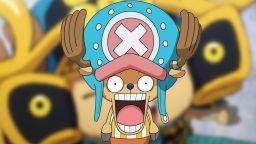In terms of adversaries, Jujutsu Kaisen is uncommon among shonen anime, considering the entire series only contains a tiny amount. Other current anime in the same genre frequently features a tiny army of evil men, with new antagonists for the main protagonists to analyse and overcome as the plot progresses. However, Kenjaku and Sukuna have consistently dominated Jujutsu Kaisen, with very few other opponents standing out.
As the story nears its close and mangaka Gege Akutami desires to complete the manga by the end of the year, continuing this option may result in an anti-climactic conclusion. As the main characters approach the final battles, only three foes remain to be defeated, with only two of them being worthwhile. followers, on the other hand, have been expecting these battles since the beginning of the series, with followers obsessing over who will win. The adversaries of the series have the ability to create a spectacular ending, breaking genre conventions and altering the shonen anime landscape.
Jujutsu Kaisen Has Two Main Villains

Since the very beginning of the series, there were two antagonists presented as potentially catastrophic: Sukuna and Kenjaku. The King of Curses was the first to appear, following the consumption of his first finger by Itadori Yuji. Immediately, the magnitude of his evil was established, with Megumi attempting to exorcise him in seconds and Gojo appearing for backup. Soon after, Kenjaku entered the scene, seeming to lead a troop of more minor villains. At first, he didn't pose a major problem, but as time passed he proved to be more cutthroat than any of his followers. Eventually, Kenjaku overtook Sukuna regarding who caused more violence, working with a mole inside Jujutsu High, sparking the beginning of the murderous Culling Games, and going after Master Tengen.
While there have been other villains -- such as Mahito, Hanami, or Jogo -- who posed a problem for a while, they were all eliminated toward the beginning of the series. Occasionally, the antagonists aren't truly villains, just misunderstood individuals. Geto Suguru and Junpei were respectively on the wrong side of jujutsu at one point, but neither had malice born from a place of evil; they just wanted to oppose the system that oppressed them. This leaves just Sukuna, Kenjaku, and Uraume as the final battles commence, meaning the concluding arcs will likely feature two major brawls with a far more minor battle happening to the side.
Shonen Anime Typically Features Multiple Villains

At first, this structure doesn't seem too different, but when compared to other shonen anime it's clear Jujutsu Kaisen's two-villain approach is a lesser seen phenomenon. Typically, the main characters would have to face multiple more minor villains, or even take down many life-threatening opponents before they can reach the central antagonist. Sometimes, characters will be fighting many opponents at the same time, with multiple battles happening at once.
Demon Slayer's Tanjiro Kamado, Inosuke Hashibira, and Zenitsu Agatsuma have already faced hundreds of demons and are still nowhere near reaching the Demon King Muzan. With each demon introduced, no matter how minor, a chance for character development unravels for the demon, making the audience resonate with their hard-hitting backstories. Even after the trio and other demon slayers eventually reach Muzan, multiple fights unfold in the Infinity Castle with different groups fighting Upper Moons at the same time.
Similarly, in My Hero Academia, there are thousands of established villains, with many central antagonists threatening the main cast. The League of Villains began as the most serious threat to U.A. students, and as time passed, more and more villains joined their cause. The Paranormal Liberation Front and the Hero Society are now at odds, with thousands on each side. Multiple conflicts are taking place at the same time between the students, heroes, and villains, making the war arc one of the most tense to yet.
Will JJK’s Antagonists Make the Ending Boring?

Having a multitude of villains is often beneficial to the plot, as it makes fresh angles come to mind easily. This way, the audience never grows bored seeing the characters fight the same person every time. Each time Tanjiro faces a demon, a new story unfolds, and more character growth flourishes both for the demon slayer and the demon. This is often consistent throughout the genre, such as when Gon and Killua faced the Chimera Ant army in the classic Hunter x Hunter.
However, Jujutsu Kaisen has kept the same antagonists from the very beginning, so their development could well be running its course. Sukuna has already fought Gojo Satoru, Megumi Fushiguro, and Jogo, meaning his current brawl with Gojo is one of many high-stakes fights. Likewise, Kenjaku had a major fight with Choso and Yuki Tsukumo which forced him to reveal some of his sneaky tricks. Here, he used both Geto Suguru and Kaori Itadori's cursed techniques, leaving not much to imagine for his final battle.
Uraume, the third villain currently present, is hardly relevant. They have had next to no time on-screen, and all that is known of the sorcerer is that they are an ancient reincarnation like the others and Sukuna's long-time accomplice. Thus, an ending where these three characters are the main opposition could easily go south. It's not their first time seen in battle, meaning the fear of the unknown isn't present in the audience, so the fights that should be the most intense could end up feeling repetitive or familiar.
Jujutsu Kaisen’s Unique Approach Only Increases Excitement

While JJK's ending does have the potential to be stale from the lack of new characters, Akutami has certainly made sure that this fate will be avoided. The tension surrounding these battles has been building since the very beginning of the series, with every plot development only making fans question whether the protagonists will be able to pull through. Kenjaku and Sukuna have terrorized the sorcerers from the onset, and in all that time fans have grown to love them. Some are even rooting for the villains that they've seen develop, being enticed by their cunning and malicious ways.
While Kenjaku and Sukuna have each been in their fair share of fights, there's still so much of the characters to be unveiled. Neither has had the opportunity to use their most powerful moves as they're yet to face opponents who push them to, so when they're finally backed into a corner more techniques will come to light. Kenjaku has yet to use his Domain Expansion, which will assumedly be a sure-hit sure-kill trick that won't be easy to negate once activated. Likewise, Sukuna hasn't even revealed his own cursed technique yet after mainly using hand-to-hand combat. He's also yet to demonstrate the full power of Megumi's 10 Shadows Technique, and possibly even debut a completed version of his Domain, Chimera Shadow Garden.
Jujutsu Kaisen has been redefining the shonen genre since its inception by breaking the genre's conventional clichés, thus its attitude to adversaries is likely another tactic to modify the landscape. Keeping the focus on just two villains throughout the series could have been a risky choice, but if done well, it could have resulted in the most rewarding and inventive ending in modern shonen. With so much yet to be disclosed, these bouts could be won by anyone, which means the protagonists could lose.
